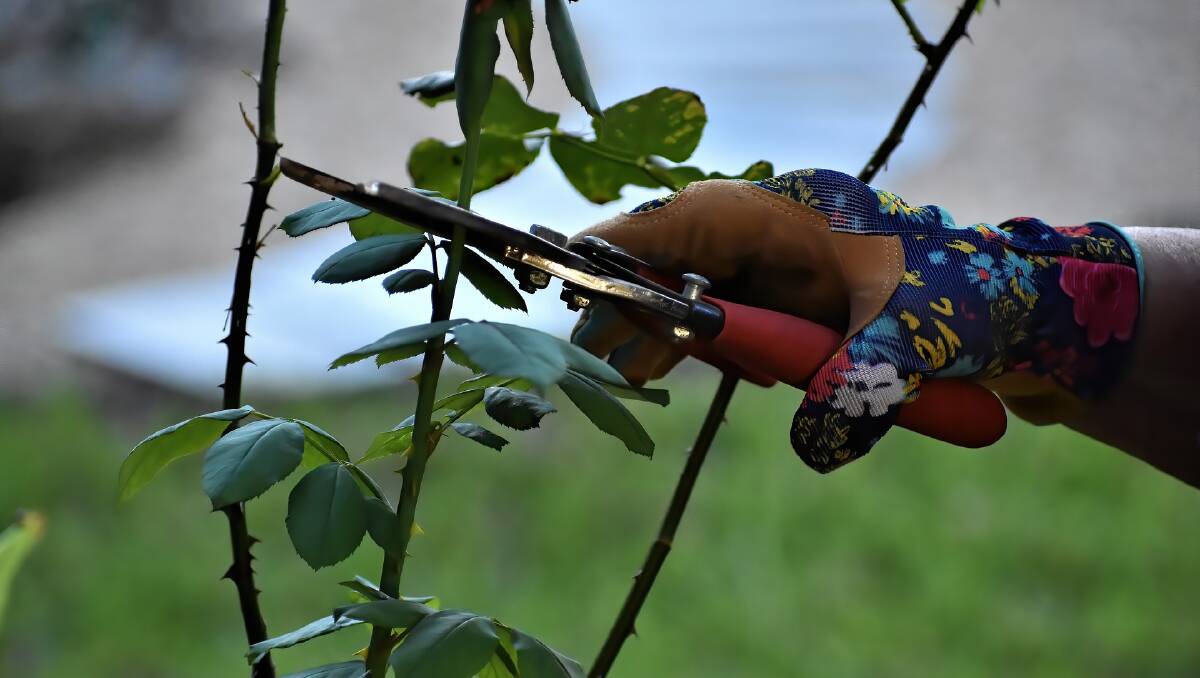
GROW WITH GABRIELE
Many gardeners mistakenly prune all the plants in their garden during winter which, in some instances could prove disastrous.
Subscribe now for unlimited access.
$0/
(min cost $0)
or signup to continue reading
Good pruning entails an understanding of the plant, its growth habit, and age of wood that flowers are produced on.
Each species of plant responds differently to pruning. The winter dormant period is when most pruning is done. although there are always exceptions to that rule.
Pruning plants in winter, that flower in spring, on current season's growth, such as May bush and weigela, will result in very few flowers. The lesson to learn here is that when it comes to pruning timing is everything.
You might also like to read:
Winter pruning is ideal for some plants such as roses, but for deciduous fruit trees not so much.
Fruit trees pruned in winter will often throw up water shoots in spring, to compensate for the wood removed. This can be problematic as the resulting growth can congest the tree and further shaping of wayward growth will be needed.
The best time to prune deciduous fruit trees is in summer just after fruiting. It may be a little more difficult to assess the shape of the tree while in full leaf, but tree health and vigour will be improved particularly when larger limbs require removal.
Australian native plants, such as grevilleas, should be pruned once they finish flowering.
This may be hard to judge as they appear to continue to produce flowers all season long. A good rule of thumb is to prune towards the end of spring, this will encourage more new growth and another flush of flowers during summer or early autumn.
Those that flower on current season's growth such as bottle brush and grevilleas respond well to being pruned by a third of their growth. Prune bottlebrush before they set any fruit as these will persist on plants and detract from the overall appearance.
- Check out how you can save with the latest deals for your home and garden with discount codes from Australian Coupons.
Spring flowering May bush, with its gorgeous display of crystal white flowers, should be pruned after flowering, taking out older congested branches.
Camellias can safely be pruned once they finish flowering but only lightly.
When talking about pruning we can't forget the one plant that needs more pruning than any other, and that's grass.
Whether your timing is correct or not for pruning your garden plants, fortunately plants tend be very forgiving and will continue to grow despite our interventions.
- John Gabriele is a horticulture teacher with a love for green spaces.

